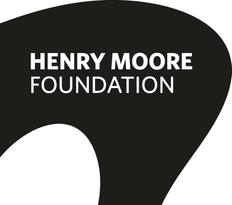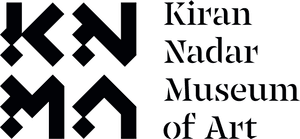Press Story
Yorkshire Sculpture Park (YSP) presents a major solo exhibition of work by Bharti Kher, in her most extensive UK museum presentation to date.
Opening to the public on Saturday 22 June, this exhibition presents one of the world’s leading contemporary artists, Bharti Kher, who was born in the UK and now lives and works between London and India. In both the Underground Gallery and adjacent landscape, Bharti Kher: Alchemies headlines YSP’s 2024 artistic programme, which focuses on and celebrates themes of diversity, discovery and personal identity, and offers an exploration of the past, present and future of sculpture.
Bharti Kher centres the female body and experience through sculpture. Addressing timely political issues around identity and gender, she reframes the perspective and position of women from her own experiences. The powerful group of works presented in the exhibition spans 2000-24, including four significant outdoor bronze sculptures.
Curated across the light-filled spaces of YSP’s largest gallery and surrounding garden, the exhibition celebrates Kher’s extraordinary sculptures, representing different approaches and periods of her career. Ideas of metamorphosis weave throughout her work as Kher pushes at defined readings of objects and identities to see what other meanings might be possible – such as the binary of man/woman, or other traditionally fixed and hierarchical representations. Through her work, the artist considers the roles of women in society and culture, and assigns them a place, questioning the different lenses through which identity is viewed.
She presents woman as mother, sex worker, monster, warrior, and deity, often hybridised with animals or as avatars of the goddess. Her mythical characters blur the boundaries between humankind, nature and narrative, revealing expansive potential and new meaning. Cloud Walker (2013) is inspired by Tibetan mythology of the Dakinis, the women that walk the skies and embody all things feminine. Appearing throughout history in both goddess and human form as an ever-changing energy and force of truth, she is both a fierce and compassionate divinity that exists between worlds, between sleeping and waking, life and death.
The exhibition foregrounds central ideas of Kher’s process; “When I make the work in the studio, so many forces are at play: the material and its narrative and needs, my hands and their energies, the space and its dynamic as a holder of potential. The bodies and remnants of voices that leave their traces and essence in the body casts. Positives and negatives fly around me. All of it helps me see better, to sense the temperature, to hear what is physical, but to make the work sing I have let go of all of it. And that’s how the alchemies of the studio come into being”.
The exhibition begins with a room of abstract works, reflecting Kher’s engagement with the pure geometry of sculptural language as well as her use of found objects to suggest the body, even in its absence. The deaf room (2001-12) is a dominating chamber of glass bricks created by melting 10 tonnes of glass bangles; the solemn work and its core alchemical process (transforming delicate circular bracelets into strong cuboid blocks) specifically draws on Kher’s response to the 2002 Gujarat riots, in which an estimated 1000 people died over three days of the worst inter-communal riots since Independence in 1947.
The work makes a powerful statement about the widespread violence against women at this time and the subsequent silencing of female voices. Responding to the incendiary nature of these events, and through a seismic process of metamorphosis over many years, The deaf room stands as an unyielding minimalist monument.
The hot winds that blow from the West (2011) is also a monolithic cube, created from old radiators that Kher shipped from the USA to India. Kher has rid them of their original function as mechanical domestic objects and re-formed them as an impressive artwork. Stacked vertically and horizontally, the defunct tools evoke decaying animal carcasses with ribs exposed. A foil to The deaf room, both works utilise the readymade to create powerful geometric statements that also think about the emotional weight of material and the manifestations of heat to viscerally challenge our sensory or cognitive response to the memorial. Kher often explores the home as a place where narratives and tensions play out. However, she shifts from the domestic to a global perspective, from fact to poetry, through the title of the work, which refers to the ever-changing power dynamics between East and West. Kher has said, “We think of winds as harbingers of change, carrying voices of transformation. From where I sit, the winds blowing nowadays from the West are no longer as strong or reliable as they were. Other voices are changing the landscape now and political uncertainties have put the world in flux, economic actions of global markets are more and more causing ecological ramifications elsewhere, feeling evermore precarious”.
Shown alongside these powerful sculptures are two intricately detailed shattered mirror bindi works that explore ideas of fracture and reflection of our many selves. Kher smashes the mirror and then repairs it before covering the surface with die-cut felt bindis, working in response to its splintered lines.
She says: “When you break something, you free it from itself.” Kher started applying bindis to her work in 1995 after becoming intrigued by their symbolism as “the third eye with which a person sees the world.” They have evolved into a complex and distinctive visual language across her oeuvre and are seen in numerous works in this exhibition. Kher’s rich and heterogeneous practice combines a range of materials and found objects; some that hold strong cultural associations such as saris, bindis and glass bangles. Many of her found objects are sourced and collected over many years and then cast or transformed.
The central gallery space brings together a room of sculpture on one large, central platform. Many of her women sculptures replicate the energy and dynamism of temple sculpture, which is for Kher a point of departure and inspiration. One pivotal series shown here is the Sari Women. Closely bound with the histories and bodies of South Asian women, saris also relate to female lineage and traditions; as Kher says, “saris hold the stories of our lives; the single piece of fabric that you wear through life, finally becomes your shroud.” Encased in resin and frozen in time, the abundantly draped saris enshrine, hold and obscure the body beneath, suggesting a regenerative, enigmatic and magical space. There also exist clear allusions to the use of drapery across the history of figurative sculpture.
Other works consider the power and potential of the hybrid form and introduce the visceral impulse in Kher’s practice. Strange Attractor (2021) is part-ape-part-woman, harnessing primal, shamanistic energy. And all the while the benevolent slept (2008), portrays the goddess Kali as The Great Cosmic Wisdom Chinnamasta who embodies all life forces as a destroyer and a giver of life. Kher describes her hybrids as “mythical urban goddesses, creatures who came out of the contradictions of femininity or the idea of womanhood” and are, “part truth, and part fiction. Part me, and part you”.
The Hybrid Series (2004) comprises digitally collaged photographs of women whose bodies have morphed to be part human part animal, juxtaposed with symbols of domestic work: feather dusters, hoovers, tea sets, and include her two children. Kher suggests that “parts of us are essentially savage, animalistic and primal.” Whilst addressing the notion of the self as other and certainly absurd in its selfhood, she positions her hybrids in domestic acts that appear resistant and domineering and yet seductive in their own pleasures.
The final room offers a reverent atmosphere, examining the simultaneous vulnerability and strength of the female form. Six Women (2012–14) comprises plaster casts of sex workers from Kolkata: intimate portraits that consider the purpose of transaction, exchange and consumerism.
All six sit in the same position with their hands resting on their knees and eyes closed, the women are self-contained and introspective. Theirs are real bodies, not idealised, sexualised or transformed. Sharing this space is a work from Kher’s iconic and deeply personal Virus series that began in 2010 and will conclude in 2039. A vast wall-based spiral of bindis accompanied by a prophetic text. Virus, the artist says: “is a vortex. It’s a peephole. It’s an entrance. It’s an exit. It’s a womb, It’s the abyss.”
Metaphorically wrapping and breathing the fabric of the gallery is Bloodline (2000), which extends along the concourse just above head height for over 50 metres. A continuous line of red and black glass bangles lit from within and glowing like an artery, alive and running through the body of the building. This is the first time this work has been realised horizontally.
In the gardens surrounding the gallery are three large-scale bronze works from Kher’s Intermediaries series that take South Indian golu dolls as their starting point. These small, colourful clay figurines that are displayed in homes as part of the Navaratri festival depict gods and goddesses, animals and people. Following her process of rupture and reassembly, the artist describes how “by repairing and opening these figures and then fusing them together in new configurations, I was creating new avatars and possibilities of the self.” Kher has now scaled some of these hybrids to huge proportions and in doing so celebrates the complexity of identity, shapeshifting new beings across space and through culture. Ancestor (2022), a mother figure with the heads of 23 children emerging out of her body, is described by Kher as “a mythical and powerful female force that pays homage to the generations before and after her’’. At the top of the garden, the new five-metre-high work Djinn (2024) represents a new development in the Intermediaries series and stands majestically overlooking the landscape.
Clare Lilley, YSP Director, says:
“Bharti Kher: Alchemies headlines a year of programming that is driven by international female artists. This ambitious exhibition brings an important artist to new UK audiences and we look forward to seeing visitors enjoy and experience such exceptional work. In YSP’s unique setting we are able to show both the intimate in the galleries and the monumental in the open air, creating stimulating conversations between artworks and people and igniting ideas and the imagination.”
Exhibition supported by the Henry Moore Foundation, the Bharti Kher Supporters’ Circle, the Kiran Nadar Museum of Art, Delhi, RMZ Foundation, Hauser & Wirth, Nature Morte, Perrotin and Girlfriend Fund.
Press enquiries
Mana Merikhy, Sutton / +44 (0)20 7183 3577 / mana@suttoncomms.com
Gemma Donovan, Communications Officer, YSP / +44 (0)1924 832 515 / comms@ysp.org.uk
Kirsty Young, Head of Marketing and PR, YSP / +44 (0)1924 832 515 / kirsty.young@ysp.org.uk
Download images at ysp.org.uk/press
Listings information
Yorkshire Sculpture Park, West Bretton, Wakefield WF4 4LG
Near Wakefield and Barnsley – M1 Junction 38
+44 (0)1924 832631 | ysp.org.uk | @YSPsculpture
Open daily. Book tickets at ysp.org.uk
Download the press release
High Res Image Downloads
- JPG
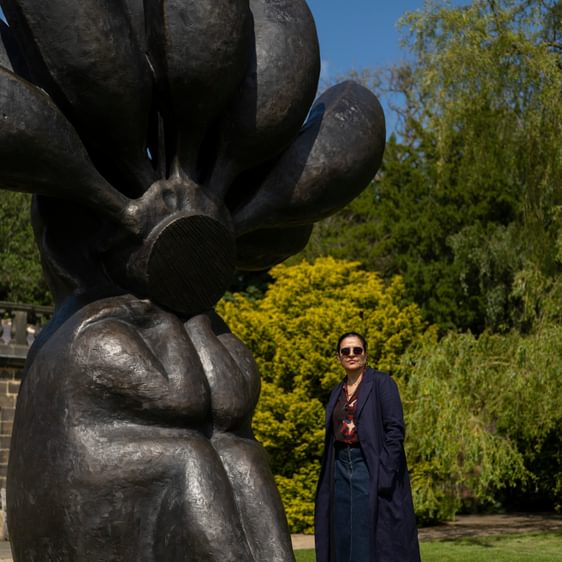
Bharti Kher with Djinn, 2024. Courtesy the artist Hauser & Wirth, Nature Morte and Perrotin. Photo © Jonty Wilde, courtesy Yorkshire Sculpture Park.
2 MB - JPG
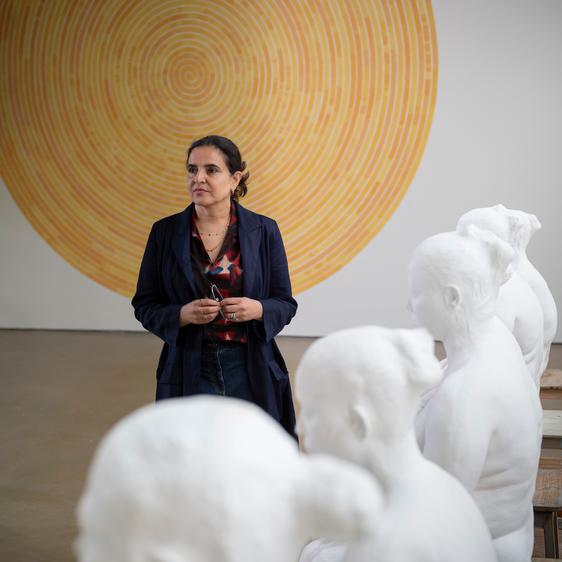
Bharti Kher, Alchemies, installation view at Yorkshire Sculpture Park, 2024. Courtesy the artist Hauser & Wirth, Nature Morte and Perrotin. Photo © Jonty Wilde, courtesy Yorkshire Sculpture Park.
1.1 MB - JPG
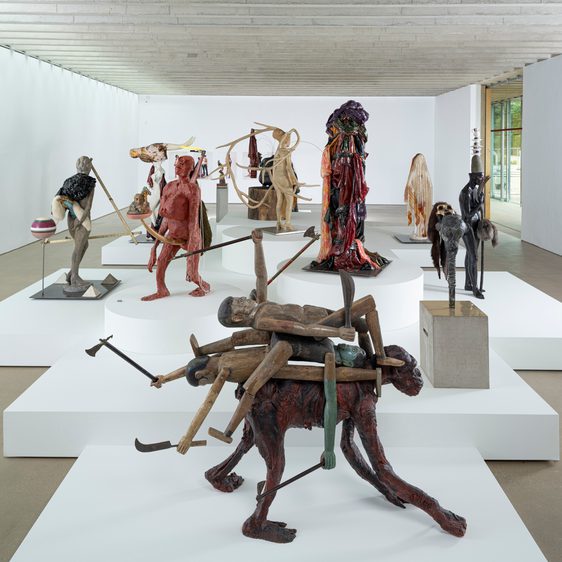
Bharti Kher, Alchemies, installation view at Yorkshire Sculpture Park, 2024. Courtesy the artist Hauser Wirth, Nature Morte and Perrotin. Photo © Jonty Wilde, courtesy Yorkshire Sculpture Park.
1.7 MB - JPG
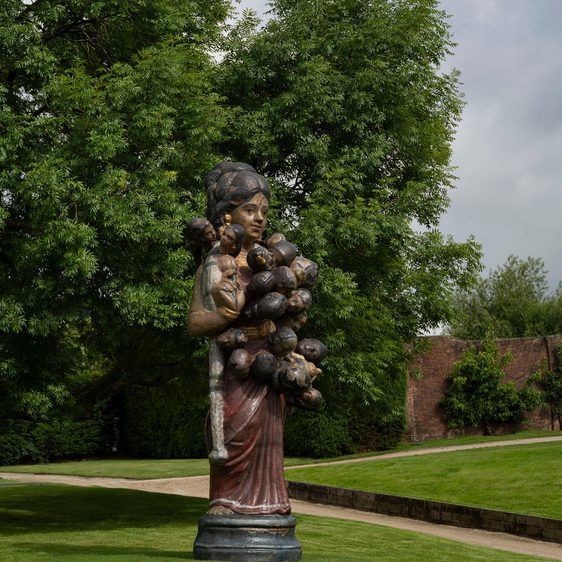
Bharti Kher, Ancestor, 2022. Collection of the Kiran Nadar Museum of Art, Delhi. Courtesy the artist Hauser & Wirth, Nature Morte and Perrotin. Photo © Jonty Wilde, courtesy Yorkshire Sculpture Park.
929 KB - JPG
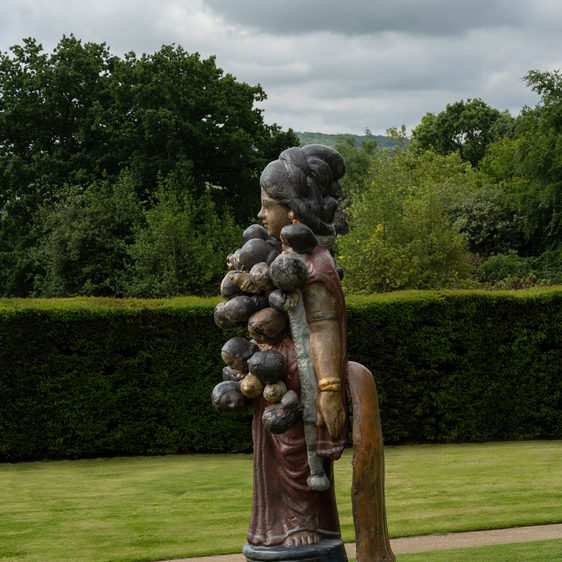
Bharti Kher, Ancestor, 2022. Collection of the Kiran Nadar Museum of Art, Delhi. Courtesy the artist Hauser & Wirth, Nature Morte and Perrotin. Photo © Jonty Wilde, courtesy Yorkshire Sculpture Park.
762 KB - JPG
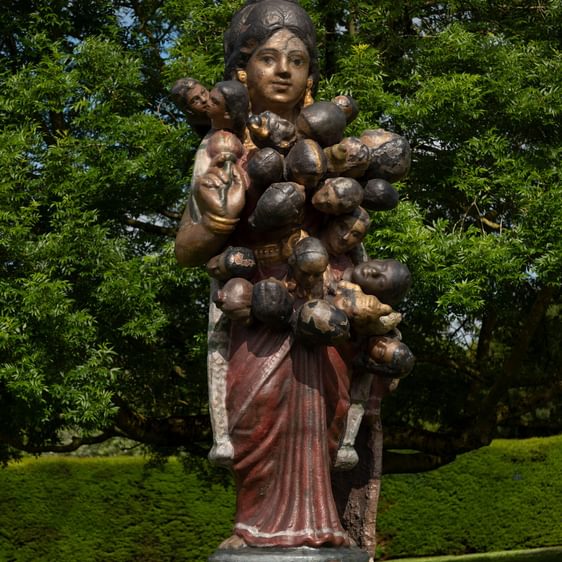
Bharti Kher, Ancestor, 2022. Courtesy the artist Hauser & Wirth, Nature Morte and Perrotin. Photo © Jonty Wilde, courtesy Yorkshire Sculpture Park.
567 KB - JPG
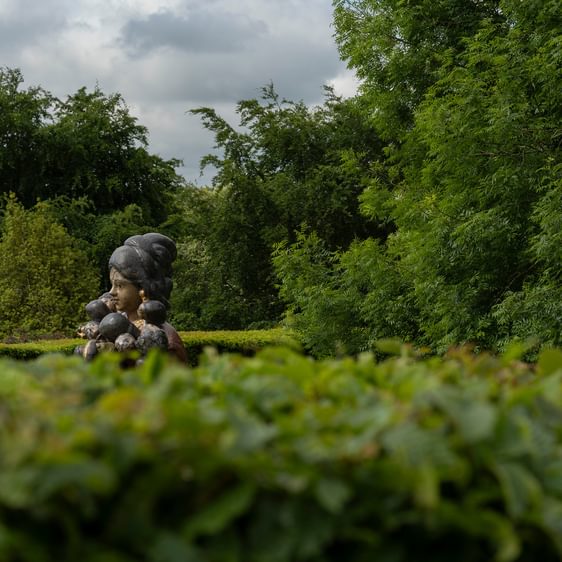
Bharti Kher, Ancestor, 2022 (detail). Courtesy the artist Hauser Wirth, Nature Morte and Perrotin. Photo © Jonty Wilde, courtesy Yorkshire Sculpture Park.
535 KB - JPG
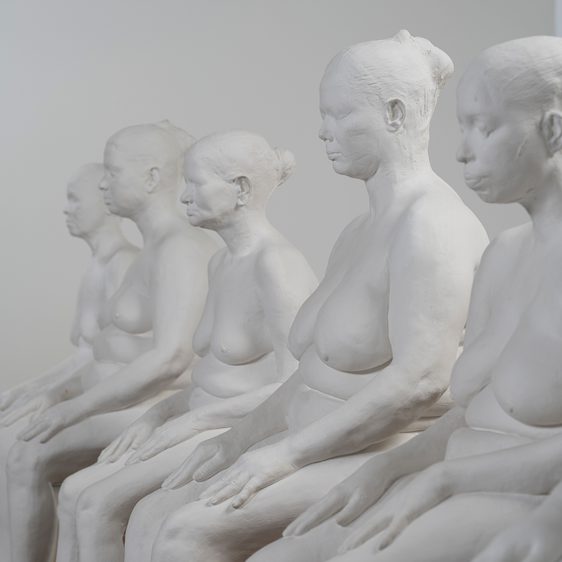
Bharti Kher, Six Women, 2012-2014. Courtesy the artist Hauser & Wirth, Nature Morte and Perrotin. Photo © Jonty Wilde, courtesy Yorkshire Sculpture Park.
1.3 MB - JPG
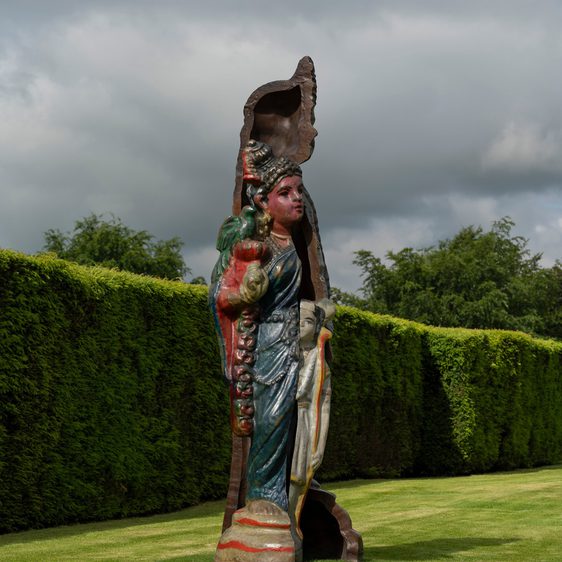
Bharti Kher, The Intermediary Family, 2018. Courtesy the artist Hauser & Wirth, Nature Morte and Perrotin. Photo © Jonty Wilde, courtesy Yorkshire Sculpture Park.
405 KB - JPG
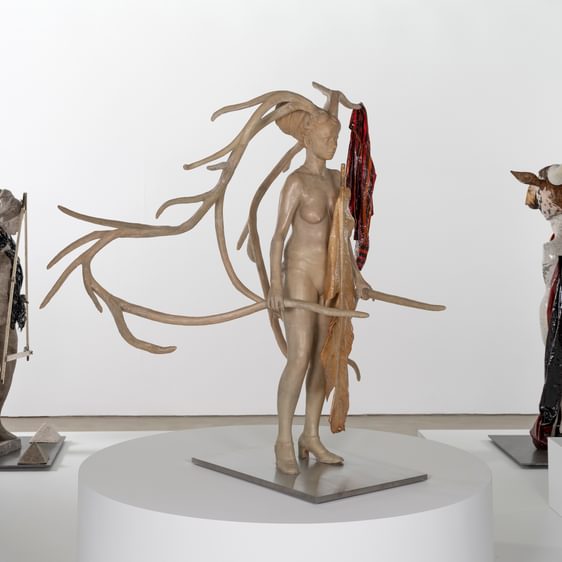
Bharti Kher, Alchemies, installation view at Yorkshire Sculpture Park, 2024. Courtesy the artist Hauser & Wirth, Nature Morte and Perrotin. Photo © Jonty Wilde, courtesy Yorkshire Sculpture Park.
1.2 MB - JPG
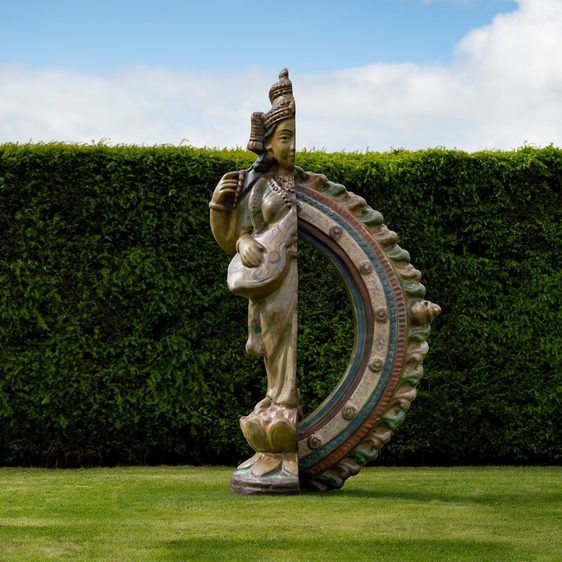
Bharti Kher, The fallow, 2019. Courtesy the artist Hauser & Wirth, Nature Morte and Perrotin. Photo © Jonty Wilde, courtesy Yorkshire Sculpture Park.
460 KB - JPG
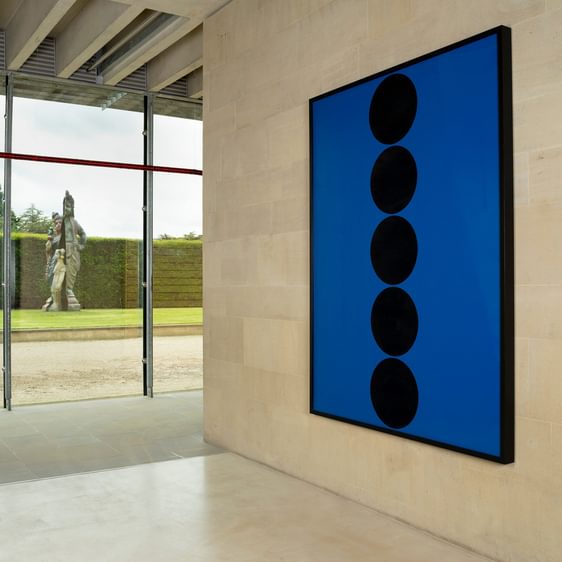
Bharti Kher, Alchemies, installation view at Yorkshire Sculpture Park, 2024. Courtesy the artist Hauser & Wirth, Nature Morte and Perrotin. Photo © Jonty Wilde, courtesy Yorkshire Sculpture Park.
501 KB - JPG
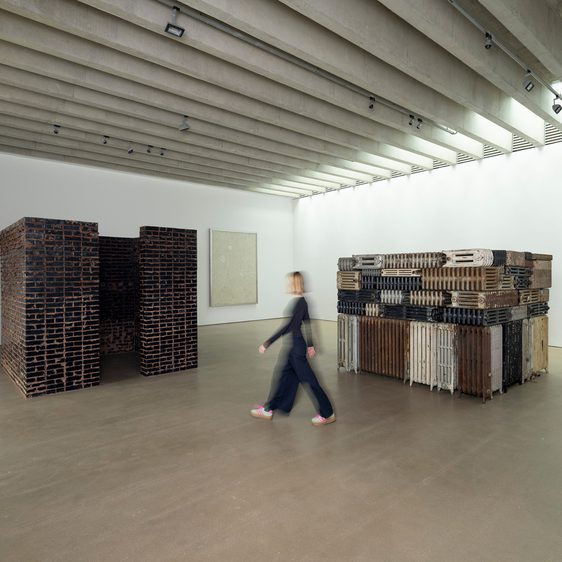
Bharti Kher, Alchemies, installation view at Yorkshire Sculpture Park, 2024. Courtesy the artist Hauser & Wirth, Nature Morte and Perrotin. Photo © Jonty Wilde, courtesy Yorkshire Sculpture Park.
514 KB - JPG
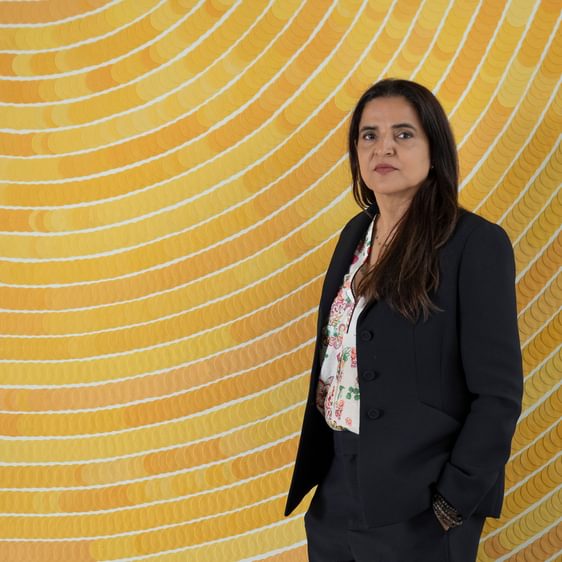
Bharti Kher with Virus XV, 2024. Courtesy the artist Hauser & Wirth, Nature Morte and Perrotin. Photo © Jonty Wilde, courtesy Yorkshire Sculpture Park.
427 KB - JPG
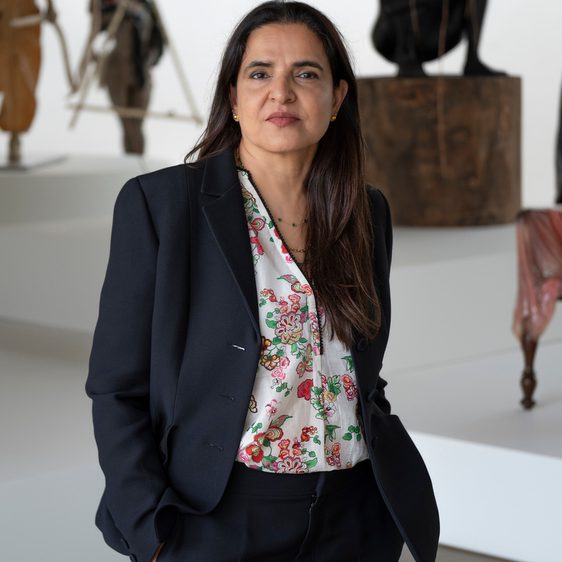
Bharti Kher, Alchemies, installation view at Yorkshire Sculpture Park, 2024. Courtesy the artist Hauser Wirth, Nature Morte and Perrotin. Photo © Jonty Wilde, courtesy Yorkshire Sculpture Park.
236 KB - JPG
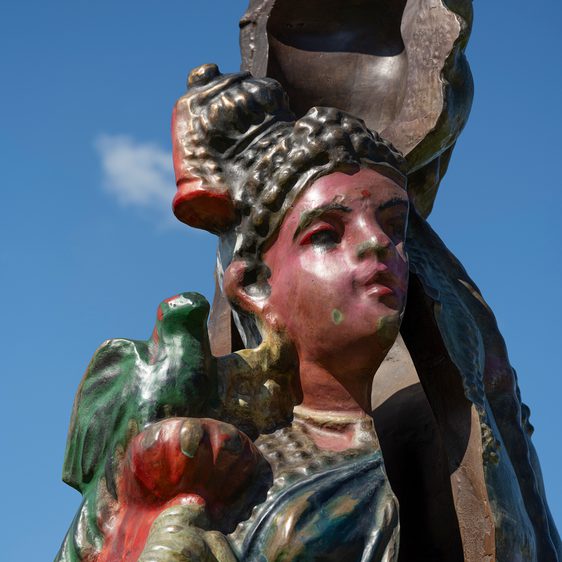
Bharti Kher, The Intermediary Family, 2018 (detail). Courtesy the artist, Hauser & Wirth, Nature Morte and Perrotin. Photo © Jonty Wilde, courtesy Yorkshire Sculpture Park
1.5 MB - JPG
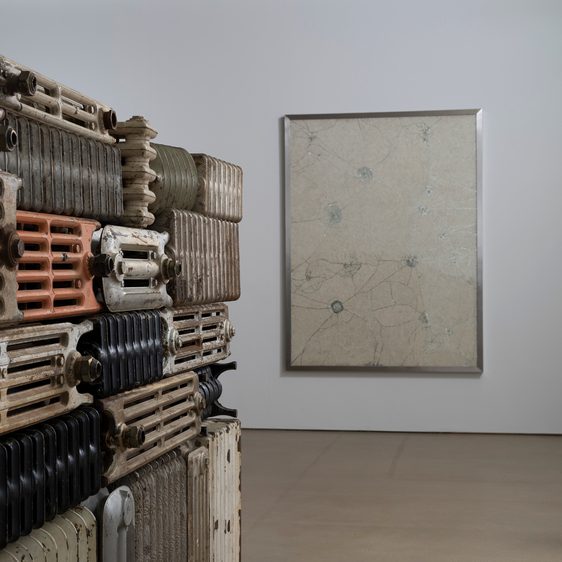
Bharti Kher, The hot winds that blow from the West, 2011 (detail) and Milk teeth, 2021. Courtesy the artist, Hauser & Wirth, Nature Morte and Perrotin. Photo © Jonty Wilde, courtesy Yorkshire Sculpture Park
1.2 MB - JPG
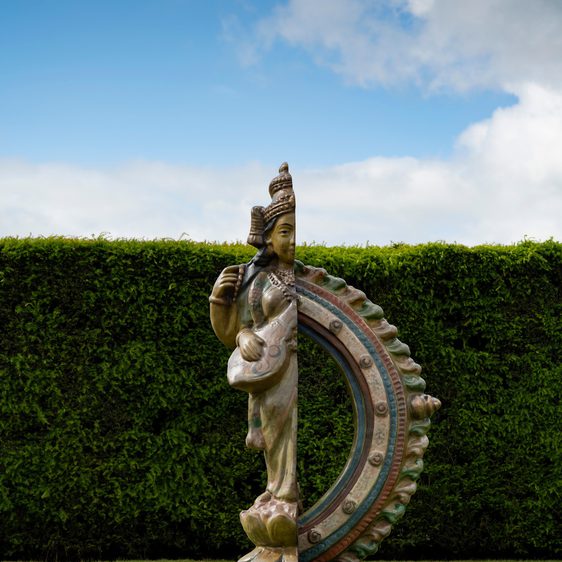
Bharti Kher, The fallow, 2019. Courtesy the artist, Hauser & Wirth, Nature Morte and Perrotin. Photo © Jonty Wilde, courtesy Yorkshire Sculpture Park
460 KB - JPG
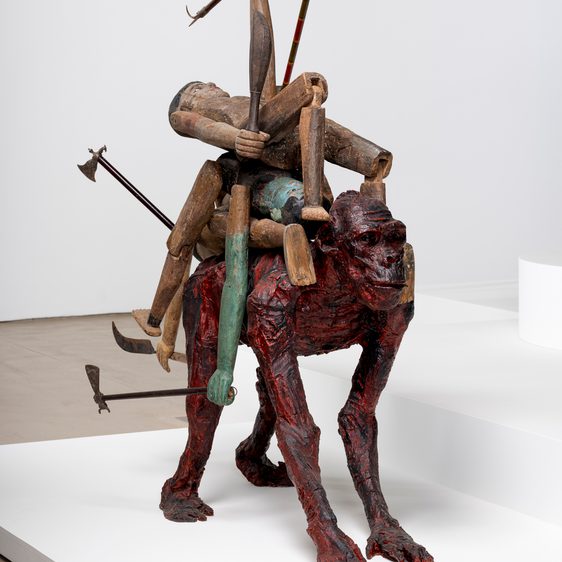
Bharti Kher, Mother and Child: Amar, Akbar, Anthony, 2017. Courtesy the artist, Hauser & Wirth, Nature Morte and Perrotin. Photo © Jonty Wilde, courtesy Yorkshire Sculpture Park
1.1 MB - JPG
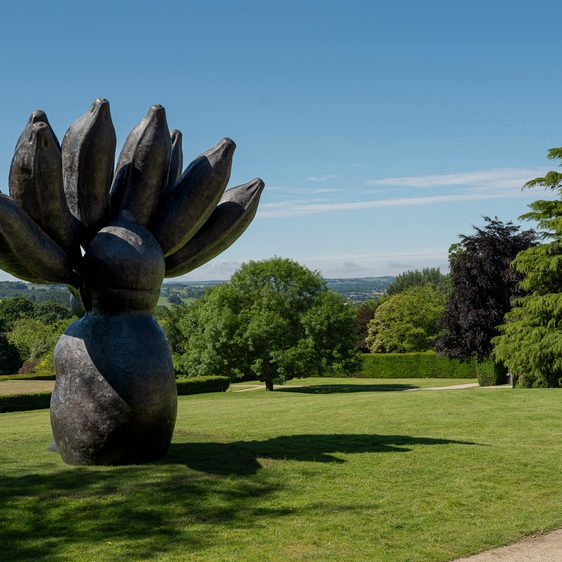
Bharti Kher, Djinn, 2024. Courtesy the artist, Hauser & Wirth, Nature Morte and Perrotin. Photo © Jonty Wilde, courtesy Yorkshire Sculpture Park
1.4 MB - JPG
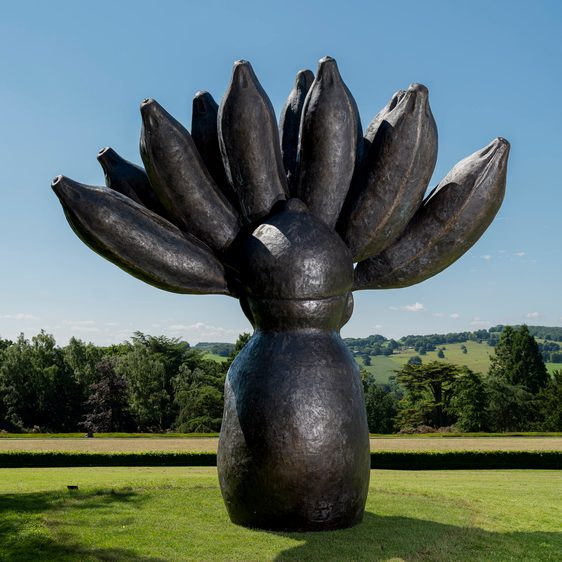
Bharti Kher, Djinn, 2024. Courtesy the artist, Hauser & Wirth, Nature Morte and Perrotin. Photo © Jonty Wilde, courtesy Yorkshire Sculpture Park
1.2 MB - JPG
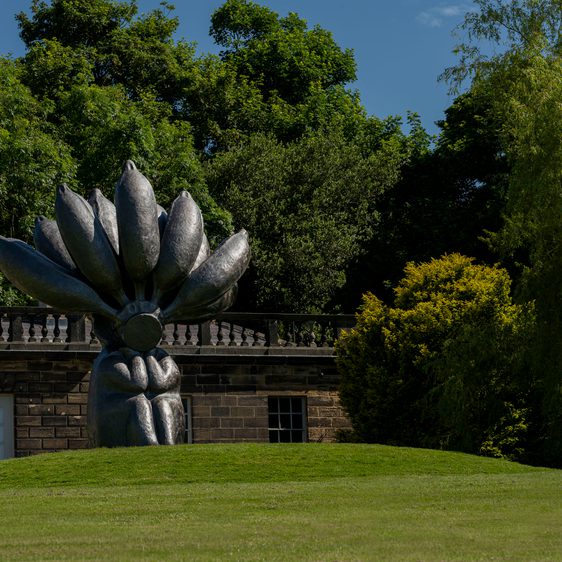
Bharti Kher, Djinn, 2024. Courtesy the artist, Hauser & Wirth, Nature Morte and Perrotin. Photo © Jonty Wilde, courtesy Yorkshire Sculpture Park
3 MB - JPG
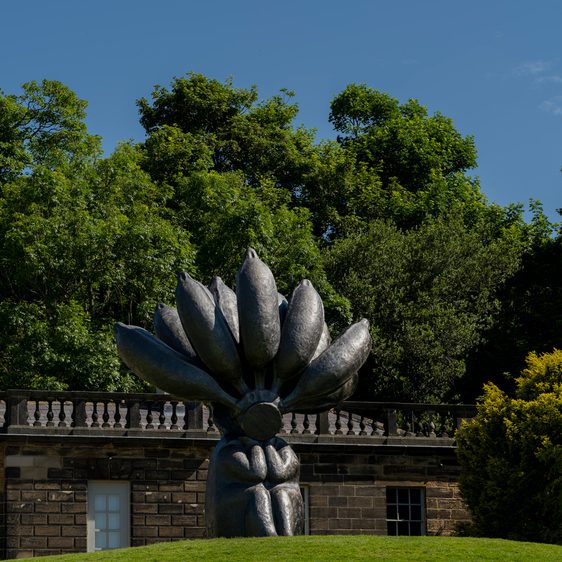
Bharti Kher, Djinn, 2024. Courtesy the artist, Hauser & Wirth, Nature Morte and Perrotin. Photo © Jonty Wilde, courtesy Yorkshire Sculpture Park
2.6 MB - JPG
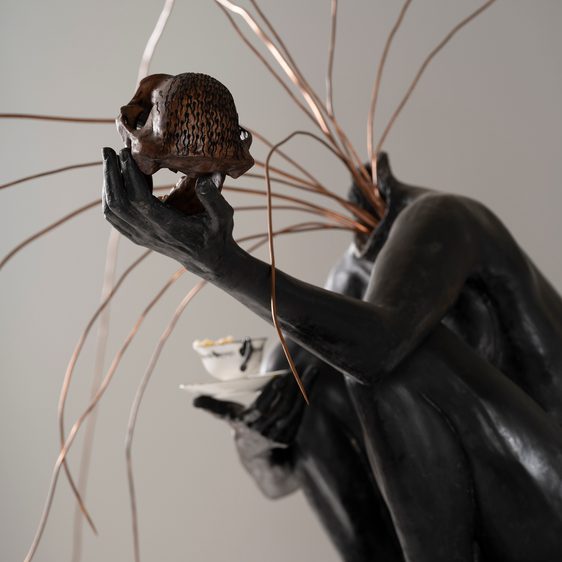
Bharti Kher, And all the while the benevolent slept, 2008 (detail). Courtesy the artist, Hauser & Wirth, Nature Morte and Perrotin. Photo © Jonty Wilde, courtesy Yorkshire Sculpture Park
1.2 MB - JPG
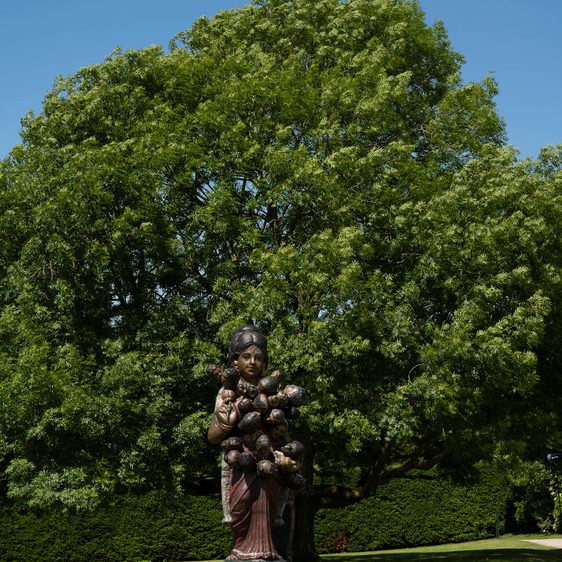
Bharti Kher, Ancestor, 2022. Collection of the Kiran Nadar Museum of Art, Delhi. Courtesy the artist, Hauser & Wirth, Nature Morte and Perrotin. Photo © Jonty Wilde, courtesy Yorkshire Sculpture Park
1.4 MB - JPG
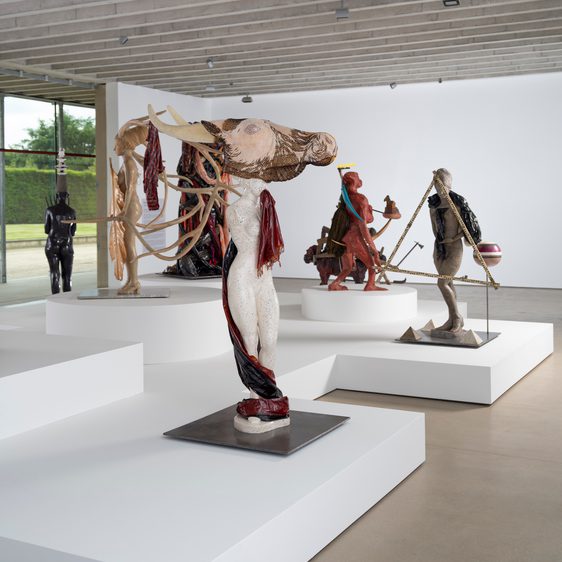
Bharti Kher, Alchemies, installation view at Yorkshire Sculpture Park, 2024. Courtesy the artist, Hauser & Wirth, Nature Morte and Perrotin. Photo © Jonty Wilde, courtesy Yorkshire Sculpture Park
1.8 MB - JPG
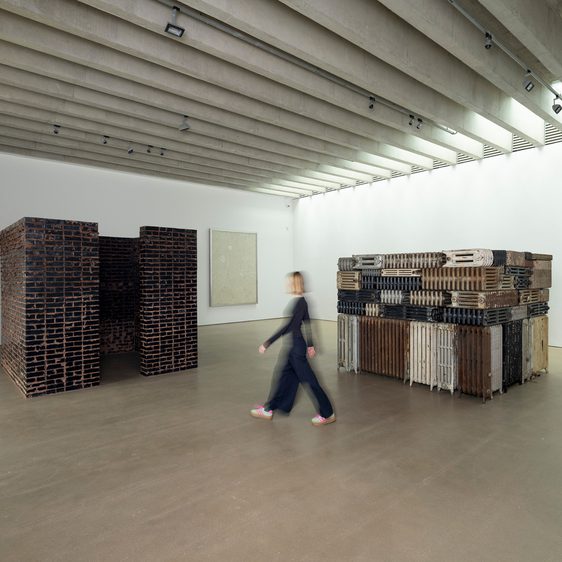
Bharti Kher, Alchemies, installation view at Yorkshire Sculpture Park, 2024. Courtesy the artist, Hauser & Wirth, Nature Morte and Perrotin. Photo © Jonty Wilde, courtesy Yorkshire Sculpture Park
514 KB - JPG
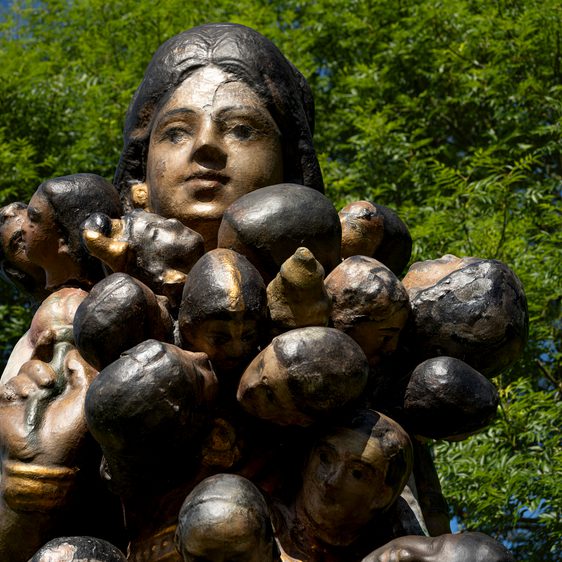
Bharti Kher, Ancestor, 2022 (detail). Collection of the Kiran Nadar Museum of Art, Delhi. Courtesy the artist, Hauser & Wirth, Nature Morte and Perrotin. Photo © Jonty Wilde, courtesy Yorkshire Sculpture Park
1.6 MB - JPG
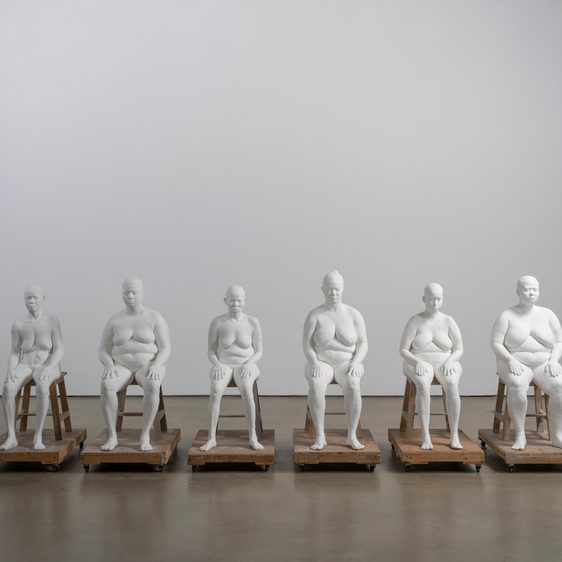
Bharti Kher, Six Women, 2012– 2014. Courtesy the artist, Hauser & Wirth, Nature Morte and Perrotin. Photo © Jonty Wilde, courtesy Yorkshire Sculpture Park
1.2 MB - JPG
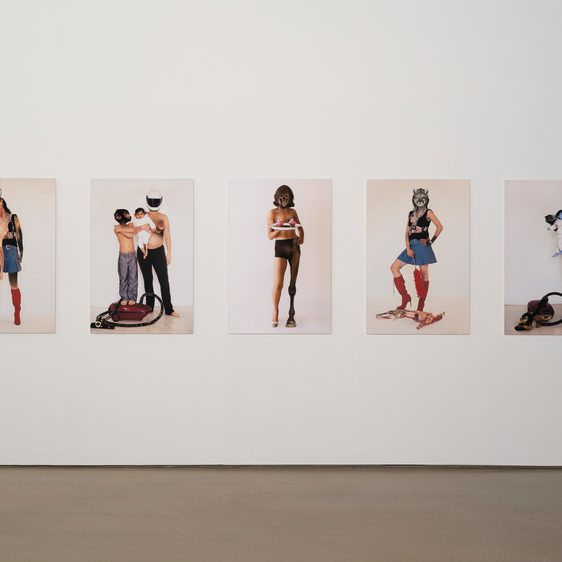
Bharti Kher, Hybrid works, 2004. Courtesy the artist, Hauser Wirth, Nature Morte and Perrotin. Photo © Jonty Wilde, courtesy Yorkshire Sculpture Park.
1.4 MB - JPG
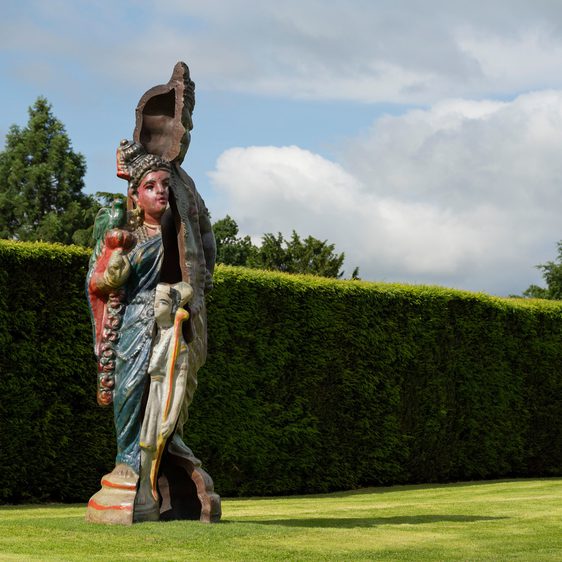
Bharti Kher, The Intermediary Family, 2018. Courtesy the artist, Hauser & Wirth, Nature Morte and Perrotin. Photo © Jonty Wilde, courtesy Yorkshire Sculpture Park
464 KB - JPG
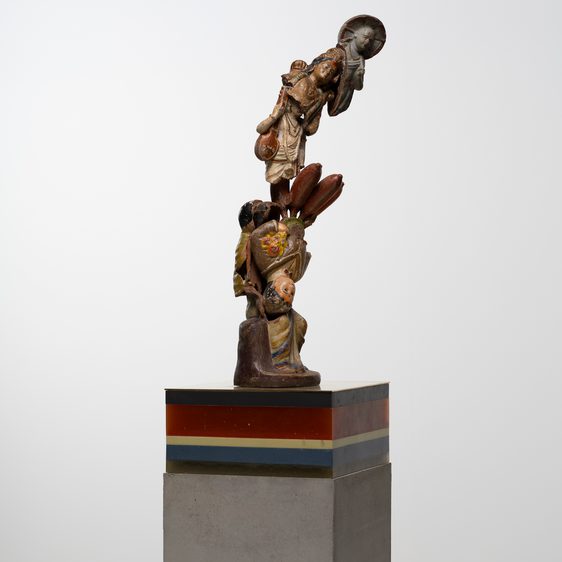
Bharti Kher, The great seat of learning, 2019. Courtesy the artist, Hauser & Wirth, Nature Morte and Perrotin. Photo © Jonty Wilde, courtesy Yorkshire Sculpture Park
1.1 MB - JPG
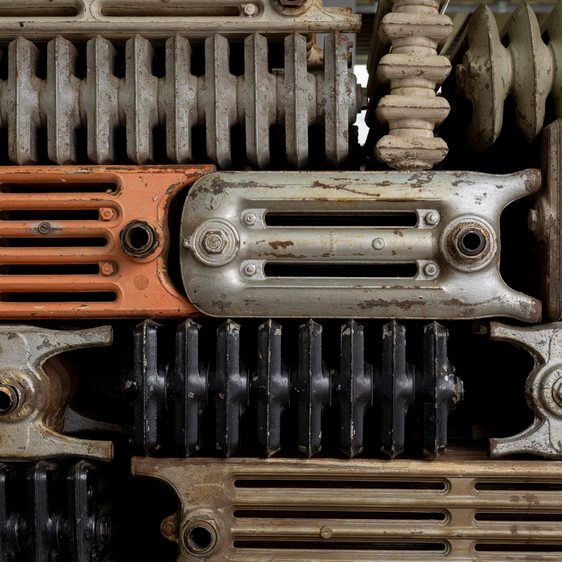
Bharti Kher, The hot winds that blow from the West, 2011 (detail). Courtesy the artist, Hauser & Wirth, Nature Morte and Perrotin. Photo © Jonty Wilde, courtesy Yorkshire Sculpture Park
1.4 MB - JPG
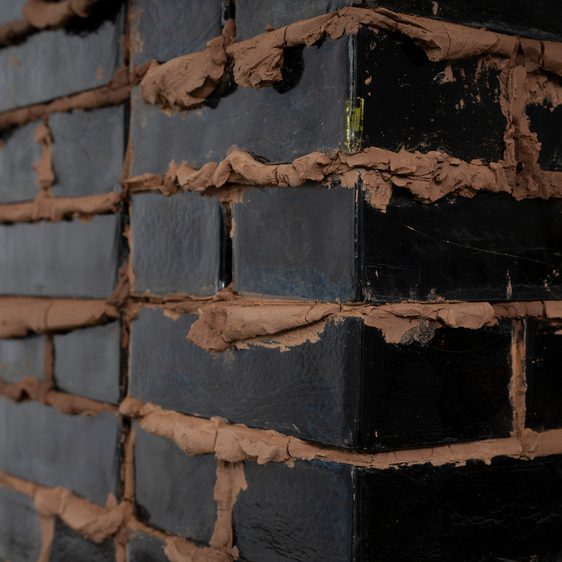
Bharti Kher, The deaf room, 2001–2012 (detail). Courtesy the artist, Hauser & Wirth, Nature Morte and Perrotin. Photo © Jonty Wilde, courtesy Yorkshire Sculpture Park
1.2 MB - JPG
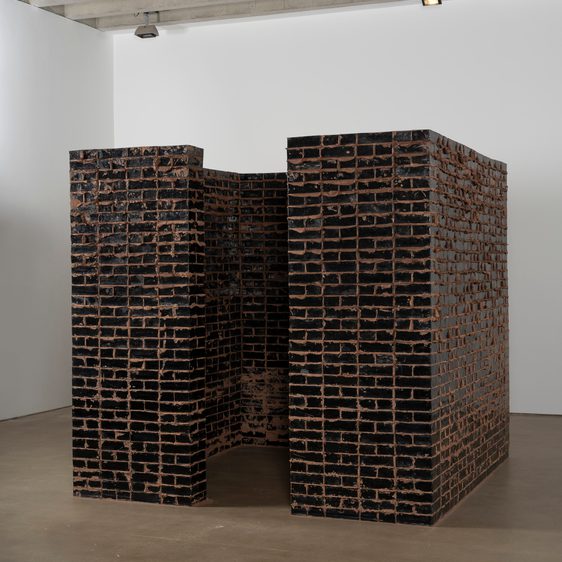
Bharti Kher, The deaf room, 2001–2012 . Courtesy the artist, Hauser & Wirth, Nature Morte and Perrotin. Photo © Jonty Wilde, courtesy Yorkshire Sculpture Park
1.7 MB - JPG
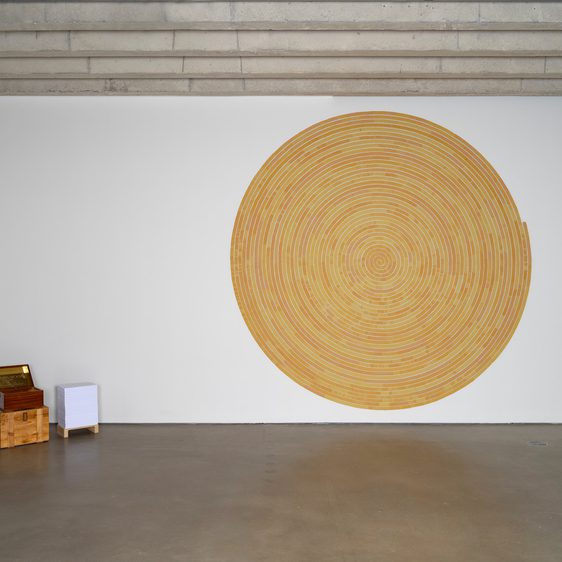
Bharti Kher, Virus XV, 2024. Courtesy the artist, Hauser & Wirth, Nature Morte and Perrotin. Photo © Jonty Wilde, courtesy Yorkshire Sculpture Park
517 KB - JPG

Bharti Kher, The Intermediary Family, 2018 (detail). Courtesy the artist, Hauser & Wirth, Nature Morte and Perrotin. Photo © Jonty Wilde, courtesy Yorkshire Sculpture Park
1.5 MB - JPG

Bharti Kher, The fallow, 2019. Courtesy the artist, Hauser & Wirth, Nature Morte and Perrotin. Photo © Jonty Wilde, courtesy Yorkshire Sculpture Park
460 KB
